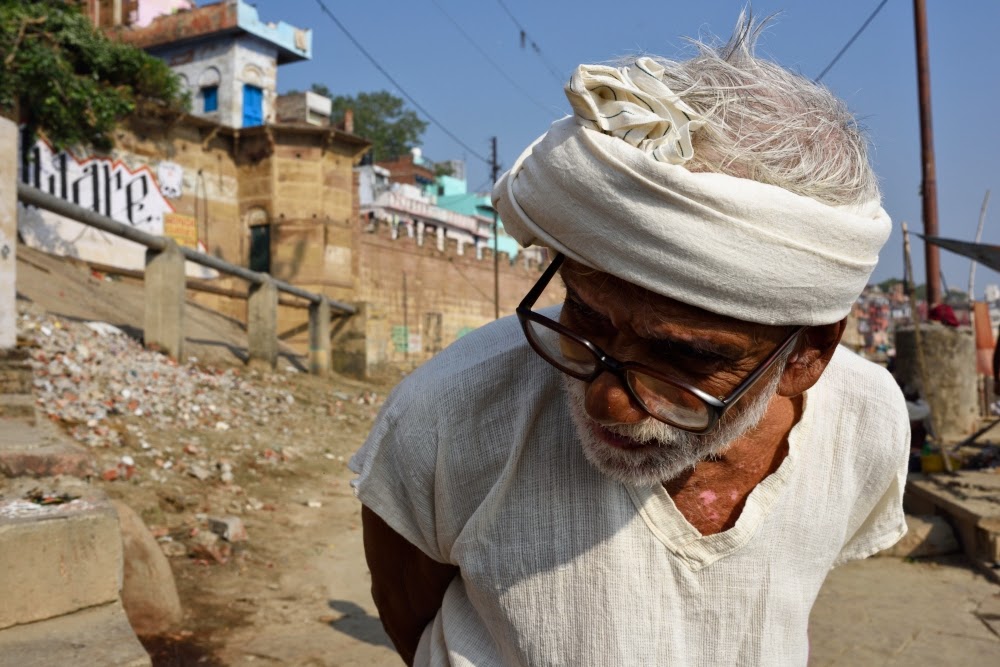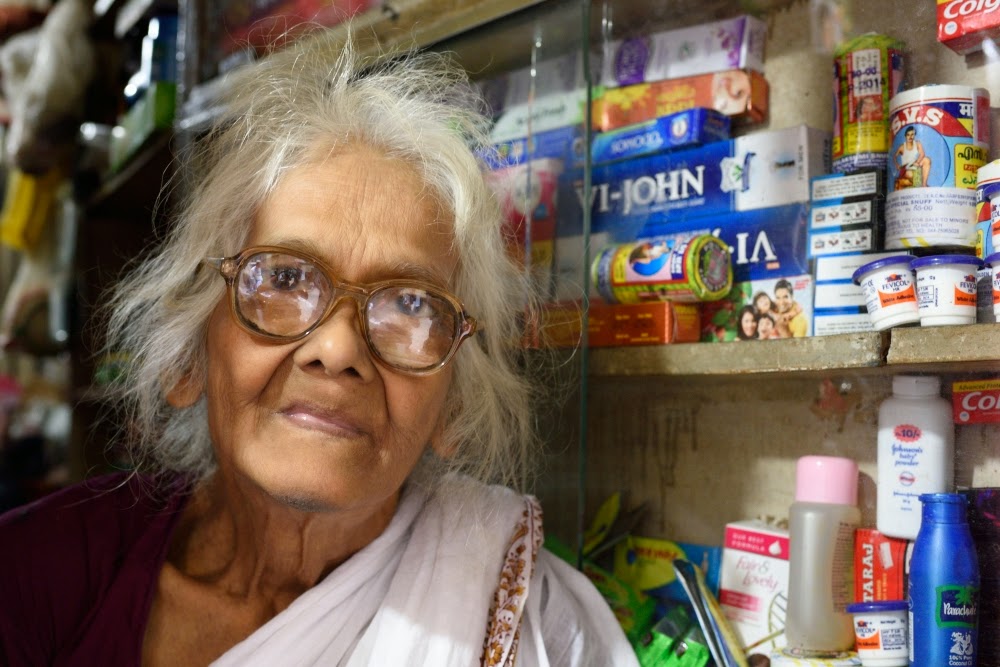Take Care of Yourself and Objects in the Field
In Part Two we investigate the use of "relay" in contemporary photographic practice. As a research point, we are asked to examine:
- Sophie Calle's Take Care of Yourself, and
- Sophy Rickett's Objects in the Field
as examples of works where differences in understanding create a discourse between the viewer and the creator.
For a start, the two pieces of work are very different.
Take Care of Yourself is an emotional response to the experience of being "dumped" electronically; the artwork represents catharsis, which later takes a life of its own as it becomes a body of art in its own right. Calle photographed over 100 professional women reading the email she received from her boyfriend dumping her, and asked them to analyse it according to their job: basically ripping him apart. The photographs then became an exhibition at the Venice Biennale in 2007.
Objects in the Field has an entirely different motivation. It is an astronomy documentary project recounting her experience as Associate Artist at the Institute of Astronomy at the University of Cambridge. During this time, she collaborated with Dr Roderick Willstrop, who invented the Three Mirror Telescope. Rickett redeveloped some old analogue negatives produced by the telescope enhancing the tonal qualities in the process. An auto-biographical text also accompanies the images (see Photographer's Gallery) starting with her account of having her eyes tested, and then a brief reference to the sky, followed by her experience of working with Willstrop, and ending with an a fragment of a story about two boys standing on a sea wall that she observes from the train she is travelling on.
How do I feel about these two very different pieces of work? For a start, neither are a narrative in the traditional sense. There is no beginning, middle and end, but there is a story that emerges. In
Take Care of Yourself, a portrait emerges of the perpetrator seen from 107 different viewpoints, which becomes blurred with reaction to break up. She doesn't talk about the man himself, but through the women's reactions and descriptions, e.g. in The Guardian article, he is described as a "twisted manipulator". This is an account of shock, suffering and recovery, in a non-linear way. It is auto-biographical, but not in first-person; more in the reaction of others.
Objects in the Field, like
Take Care of Yourself, is an auto-biographical piece; it recounts the experience during a period of time of a collaborative working relationship
with the visual output of the images of space objects. And again, it is not a narrative in the traditional sense, but more of a layered account combining extracts from different periods of time, with the artist's Institute experience. Through the accompanying text, Rickett links this experience with different time dimensions (is this a parallel with space dimensions??) from her childhood, that appear unconnected but in fact serve to illustrate incompleteness in understanding and interpretation. In life are we only exposed to fragments of stories? Do we have know the full story? The result of this is an ambiguous dialogue between the diary and the images.
My reactions to these pieces of work are quite different. I am intrigued by
Take Care of Yourself and would like to see the entire exhibition or catalogue. I have heard several times that in photography, taking the photograph is only half the story; the rest of the story is dependent on the viewer's reaction, and that part of the story is subjective and will therefore differ between viewers. And this is a prime example. From what I read in the Guardian article, and can imagine, the 107 reactions will be different, informed by the women's profession and personal experience, and therefore this character study will have 107 facets. And in a way, Calle is no longer the author, the piece of work has a life of its own. In a way she has controlled the situation of being dumped by releasing control of the storyline, so in fact the story is that of perception rather than fact. It left me wanting to know more about Calle and her work.
On the other hand, I struggled with
Objects in the Field: I didn't feel particularly interested by the subject matter. If I'm looking at pictures of space, I want to see bright colourful nebulae. Space is a violent environment and I want that to see that captured. This project seemed to be more about the equipment and the collaborative experience referenced back in time to seemingly random episodes. I got the metaphor, but didn't feel anything positive about it: too technical, too scientific, and not enough drama. Although I did wonder why she had chosen the time-lapses that she did? Are there deeper metaphors that I didn't pick up on? Is the trip to the optician a euphemism for learning to see? Were the boys on the sea wall illustrating the fragility of life?
One in 8 Million
I had a brief flick through the
One in 8 Million project on the New York Times website. I like this project - I'm constantly amazed how diverse human beings are and how in a modern age of travel and migration we live in different environments to those of our ancestors. I enjoyed the images with the accompanying text explaining who the people are. I would like to see a similar project conducted in London in an environment where everyone has similar jobs, e.g. Canary Wharf, but different home lives, with different responsibilities, realities, histories, and secrets. To prove the point that you cannot and must not judge by appearance.
The Day-to-Day Life of Albert Hastings
A different form of narrative again and on the subject of aging and living alone, in
The Day-to-Day Life of Albert Hastings Deveney has combined tiny glimpses of the subject's life with very brief notes. The look like very good quality polaroids with handwritten captions by Hastings, except much better quality than polaroids and they are not 'snap-shotty' in the very least. What we have is a narrative about the relationship between the photographer and Hastings, a friendship, a non-chronological diary, a story without beginning or end. Yet what we get is an insight, windows, information about the day-to-day but not on any specific day or time. I particularly like the photographs that show traces e.g. the one of Hastings selecting his TV viewing. Although Hastings is present in the image, we cannot see his face, but we see evidence of his habits, his routine, his preferences. I also found out from Carol Street's blog, that Deveney had added poems and drawings by Hastings, along with family photographs to the overall project. What a wonderful thing to create! Although the theme of the project is about living alone, through the collaboration between photographer and subject, and the resulting friendship, I image that Hastings did not feel so alone in the end. And I like the use of square format as a technique for excluding superfluous information.
Gentlemen
The first thing I thought about when I saw this piece of work was
Jeeves and Wooster, and then
Downton Abbey. Slightly worried, that a university eduction was about to be wasted on me.... then I read Knorr's notes on her website about this body of work and that she meant it to be humorous. Feeling slightly relieved, and looking through the images, I didn't really focus so much on the patriarchal statements, but more on the decline of "English" standards. Although of course the patriarchal society aspects are pretty obvious too. The use of combining a short statement of text with a square image is very effective. Knorr gives us what we need to know only, in this series of tightly controlled and stereotypical images. I think the text really supports the imagery - they work together. Without the text, you would get a sense of pomp, form, tradition, control, but, with the text you really get a sense of absurdity, sterility, and a time from which society has moved on.
The Photograph is My Proof
Looking further at the theme of pairing individual images with text, I had a look at the single image:
The Photograph is My Proof by Duane Michals. The image made me wonder a few things:
- Why are the couple looking directly at the camera?
- Why does the author not trust his own feelings sufficiently and needs proof to show?
- What has happened since to make him go back to the photograph and reassure himself that there was a time when "things were still good"?
- Why are they sitting on the very edge of the bed against the wall like that? Seems a strange place to sit in the middle of a loving moment....
- Was the happiness real at the time, or has the author idealised the situation retrospectively?
Without the text, I don't know what this photograph would say. The text adds meaning, time (past), feeling, and story. You know from the text that something has changed. That the author is experiencing emotions of insecurity or doubt. It is also very easy to romanticise a past event when a present one isn't working out... how real was this situation?
Use of images and text
This research has shown various ways of combining text and imagery including:
- Diary references
- Photograph annotations
- Captions
- References to emotions/time
- 3rd person interpretations
- Use of other art forms, e.g. poetry, personal photographs.
Which technique is the right one to use would depend entirely on the situation itself. A point of reference for future work!
Anecdotally, referring to the course materials that follow about selecting a subject, I have been told repeatedly recently to photograph what interests me, but to try to find more original viewpoints. What interests me is how people act and react in spaces, the manifestation of random events within a frame. Therefore, from my perspective, narratives happen in the moment, rather than retrospectively. I seek to capture chance occurences that tell a different story and reality to the one that somebody else, may be even standing next to me, would tell. How I would combine that with text I don't know, but time will tell!
References
- Boothroyd, S. (2013) Sophy Rickett and Sharon Boothroyd, Photoparley, Nov 2013. The Open College of the Arts. Appendix to the ‘Context and Narrative’ course notes
Websites
Previous related work


























































